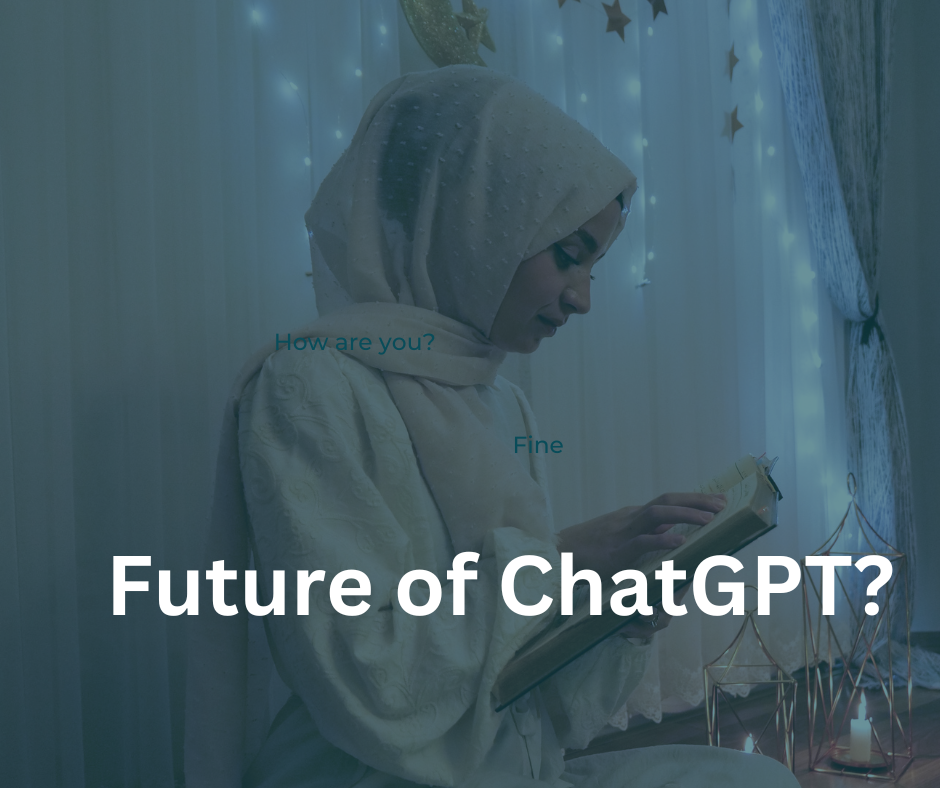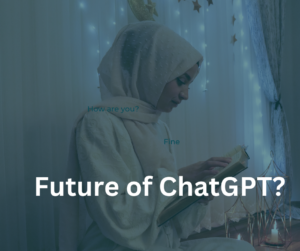Who build chatGPT?
ChatGPT (short for “Generative Pretrained Transformer”) is a language model developed by OpenAI. OpenAI is an artificial intelligence research laboratory consisting of the for-profit OpenAI LP and its parent company, the non-profit OpenAI Inc.
OpenAI was founded in December 2015 by Elon Musk, Sam Altman, Greg Brockman, Ilya Sutskever, Wojciech Zaremba and John Schulman. The company’s mission is to ensure that artificial general intelligence (AGI) benefits all of humanity. OpenAI is a private organization and it is supported by a number of sponsors and investors, including a mix of venture capital firms and individual investors such as LinkedIn co-founder Reid Hoffman, and Y Combinator co-founder Jessica Livingstone.
Is chatGPT competitor for Google?
ChatGPT is a language model developed by OpenAI that can generate human-like text. It can be used for a variety of tasks, such as language translation, text summarization, and question answering. While it is a powerful tool, it is not currently a direct competitor to Google and it is unlikely to replace the search engine in the future. Google’s search engine is primarily used for web search and information retrieval, while ChatGPT is focused on generating text. They serve different purposes and have different uses.
Future of chatGPT?
ChatGPT and other language models like it have the potential to be a big revolution in the way we interact with computers and technology. They have already shown to be effective in many natural language processing tasks, such as language translation, text summarization, and question answering.
As technology continues to improve, language models are expected to become even more powerful and versatile. This could lead to the development of new applications and services that rely on natural language understanding and generation.
In addition, the ability of these models to generate human-like text could also have a significant impact on industries such as customer service, marketing, and content creation.
However, It is important to note that while these models can be very powerful tools, they are not without limitations. They still have difficulty understanding context and handling complex tasks that require background knowledge. Therefore, the use of these models will require careful consideration and ethical considerations.
There are several ways to potentially earn money using Chat GPT, such as:
Developing and selling chatbot applications that utilize the model.
Providing services to train the model on specific tasks or industries.
Generating and selling written content, such as articles or scripts, using the model.
Using the model to assist in customer service or virtual assistance roles.
Keep in mind that using GPT-3 or any other models for commercial purposes may require a commercial license from OpenAI. Additionally, it’s important to ensure that any uses of the model comply with any relevant laws and regulations, such as those related to data privacy and intellectual property.
Which technology was used to develope chatGPT?
ChatGPT is a language model that is based on the transformer architecture, which is a type of neural network architecture used for natural language processing tasks.
The transformer architecture was first introduced in a 2017 paper by Google researchers “Attention Is All You Need”. The transformer architecture allows the model to process input sequences of variable length and understand the dependencies between the words in the input.
ChatGPT is pre-trained on a large corpus of text data, allowing it to learn the underlying structure of language. This pre-training enables the model to generate high-quality text when fine-tuned on specific tasks. The model is implemented using deep learning libraries like TensorFlow, PyTorch and is trained on large cluster of GPU.
In addition, ChatGPT uses a technique called unsupervised learning, which means that it learns patterns in the data without being explicitly provided with labels or examples of what the output should be. This allows the model to learn a wide variety of language patterns and generate more natural-sounding text.

